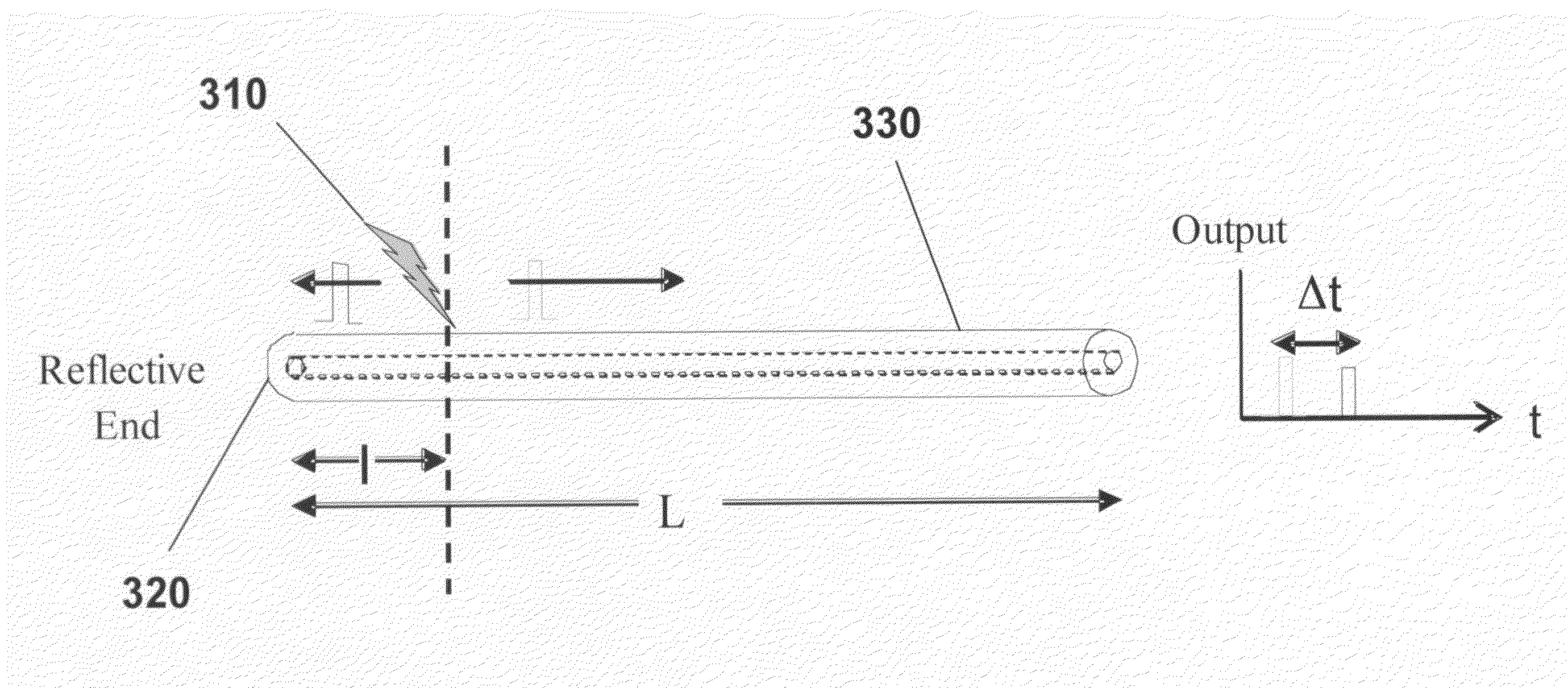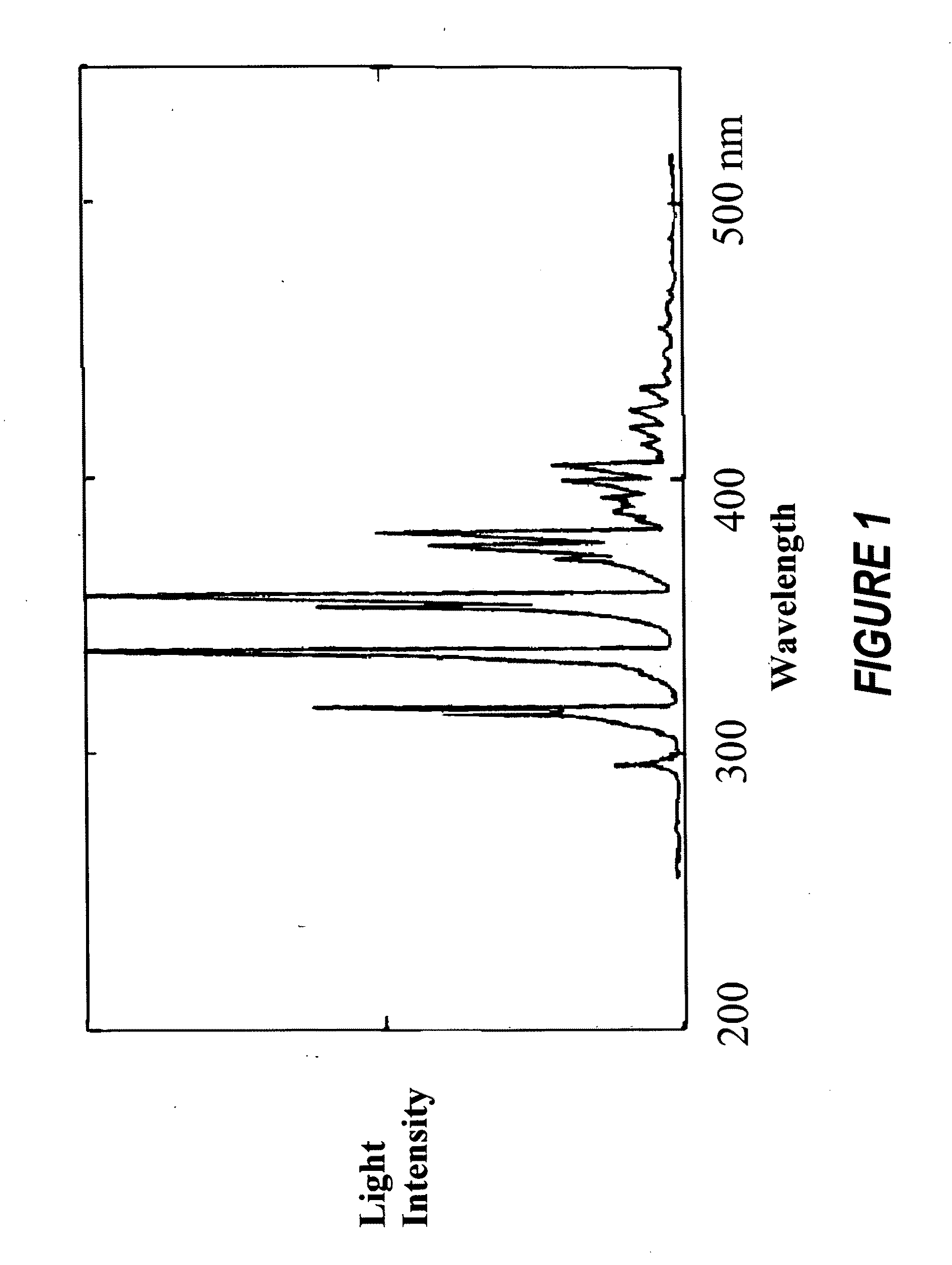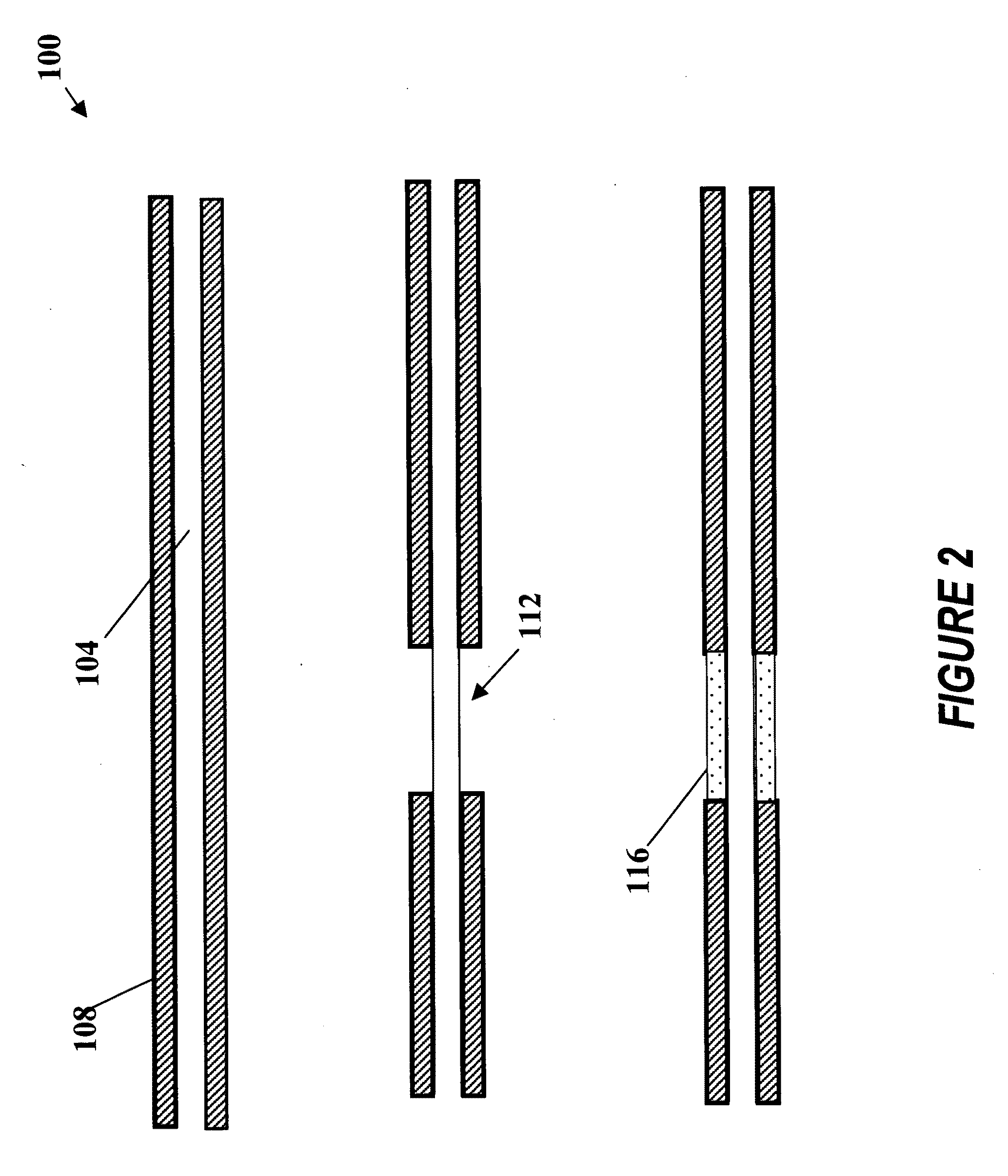Systems and methods for detecting electric discharge
a technology of electric discharge and detection system, applied in the direction of optical radiation measurement, x/gamma/cosmic radiation measurement, instruments, etc., can solve the problems of arcing or shortening, brittle insulation, and increased arcs,
- Summary
- Abstract
- Description
- Claims
- Application Information
AI Technical Summary
Benefits of technology
Problems solved by technology
Method used
Image
Examples
Embodiment Construction
[0026]Preferred embodiments and their advantages are best understood by reference to FIGS. 1 through 5, wherein like numbers are used to indicate like and corresponding parts.
[0027]The present disclosure provides systems and methods for safe and continuous monitoring of wiring at low pressures by determining both the magnitude and location of wiring discharge. In particular, the present disclosure provides systems and methods for converting the emitted photons into near UV and visible light and detecting the light using fiber optics in a simplified scheme.
[0028]In one embodiment, photons generated by the intermittent discharges may be converted to near UV and visible light or other longer wavelength using a suitable fluorophore layer. The photons may interact with the fluorophore layer and subsequent scattered emission from the interaction may be detected and analyzed to characterize the discharges.
[0029]These photons can be converted to near UV and visible light (or longer waveleng...
PUM
 Login to View More
Login to View More Abstract
Description
Claims
Application Information
 Login to View More
Login to View More - R&D
- Intellectual Property
- Life Sciences
- Materials
- Tech Scout
- Unparalleled Data Quality
- Higher Quality Content
- 60% Fewer Hallucinations
Browse by: Latest US Patents, China's latest patents, Technical Efficacy Thesaurus, Application Domain, Technology Topic, Popular Technical Reports.
© 2025 PatSnap. All rights reserved.Legal|Privacy policy|Modern Slavery Act Transparency Statement|Sitemap|About US| Contact US: help@patsnap.com



